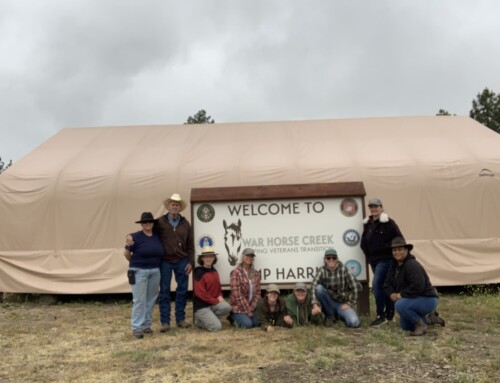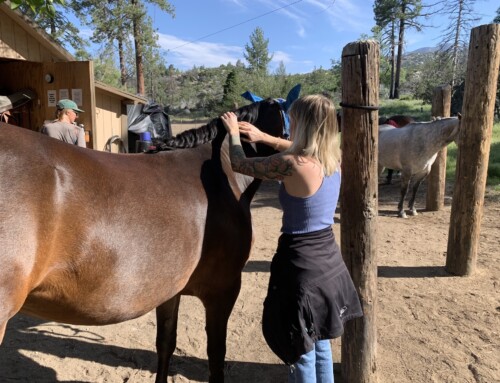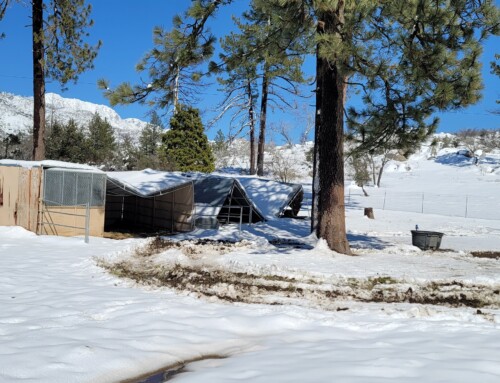Please set aside an hour of your time to watch this film, which debunks the myths and provides a better understanding of the challenges veterans face. The message is as relevant for today’s soldiers as it was for Assyrian warriors fighting 5,000 years ago. What you’re about to witness is the natural and predictable result of sending warriors into harm’s way.
Let There Be Light is a documentary film produced in 1946 for the U.S. government. It depicts the challenges faced by World War II combat soldiers who suffered from symptoms of Post-Traumatic Stress, at that time called shell-shock or battle fatigue. The film was directed by renowned American filmmaker John Huston, but due to the difficult subject matter, the U.S. Government prevented it’s release for over 30 years.
This film demonstrates that contrary to conventional wisdom, there are no generational differences when it comes to the effects of severe trauma. Maladaptation (i.e. the failure to adjust appropriately to the environment) is common to warriors in every culture throughout recorded history. Humans are humans, with similar physiological reactions to traumatic experiences, civilian or warrior. But combat and other life-threatening experiences are far more intense than normal, so reactions are more intense as well. What we now call PTSD is a series of normal stress responses hardwired into our DNA. They’re automatic and universal.
There is a human internal “alarm system” that resides in more primitive parts of the brain, which has adapted for survival in very different environments from what we generally experience now. Over the past 5,000 years, the advent of written language radically changed our living circumstances. Though 5,000 years is a microsecond of evolutionary development, and our physiology has not had time to catch up. In a sense we, as humans, have a prehistoric limbic system in a post-modern world.
Virtually every other warrior society in history has had some sort of ritualized reintegration process for returning warfighters – except the modern-day US. Reintegration is also significantly affected by the society the veteran came from, and the one that they return to. Most of America shared the experience and/or had some level of involvement in World War II. That is a stark contrast to this year, where less than 1% of Americans will sign up for the military, and only about 7% of the current population served in the military at any time. Veterans today feel isolated because they are isolated. Connection and understanding are the keys to truly bringing them home.







Leave A Comment